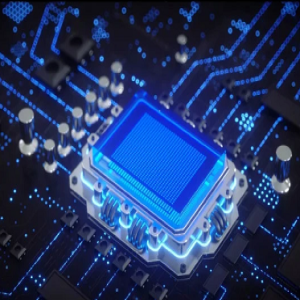
A sensor is a device that converts physical quantities into measurable signals. They are widely used in various fields, including industrial automation, environmental monitoring, medical equipment, etc. The performance of the sensor can be described by its static and dynamic characteristics.
1、 The static characteristics of sensors mainly include the following points:
1. Sensitivity: the relationship between the sensor output signal and the input physical quantity, usually expressed in slope. The higher the sensitivity, the DP83867IRPAPR Sensors are more sensitive to changes in input physical quantities.
2. Accuracy: the difference between the sensor output signal and the actual physical quantity. Accuracy can be described by absolute error or percentage error. Higher accuracy means that the output of the sensor is closer to the actual value.
3. Linearity: refers to the degree of linear relationship between sensor output signal and input physical quantity. The output signal of the sensor with good linearity is proportional to the input signal, while the sensor with poor linearity may have nonlinear error.
4. Resolution: refers to the minimum change that the sensor can detect. Higher resolution means that the sensor can provide more precise measurement results.
5. Response Time: the time required by the sensor from receiving the input signal to stabilizing the output signal. The sensor with short response time has good detection ability for rapidly changing physical quantities.
2、 The dynamic characteristics of sensors include the following aspects:
1. Frequency response: the response ability of the sensor to the input signal frequency. The wider the frequency response range, the more sensitive the sensor is to changes in different frequencies.
2. Rise Time: the time when the sensor reaches stable output from no signal state. Sensors with short transition time have higher measurement speed for rapidly changing physical quantities.
3. Noise: unexpected signal in sensor output, which may come from internal circuit or external interference. Noise will affect the accuracy and stability of sensor measurement.
4. Decoupling: whether the output of the sensor is interfered by other physical quantities. Better decoupling can reduce the source of error and improve the measurement accuracy.
In addition to the above static and dynamic characteristics, there are some other parameters such as operating temperature range, operating power requirements, stability, etc., which are also important indicators to measure the sensor performance. The selection of sensors should be based on the specific application needs, and different application scenarios have different requirements for sensors.

